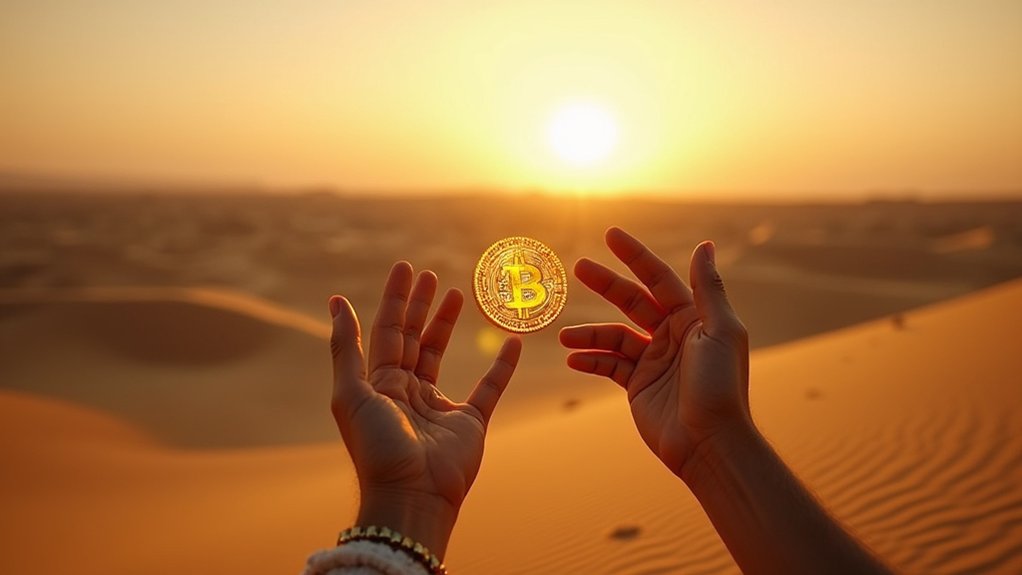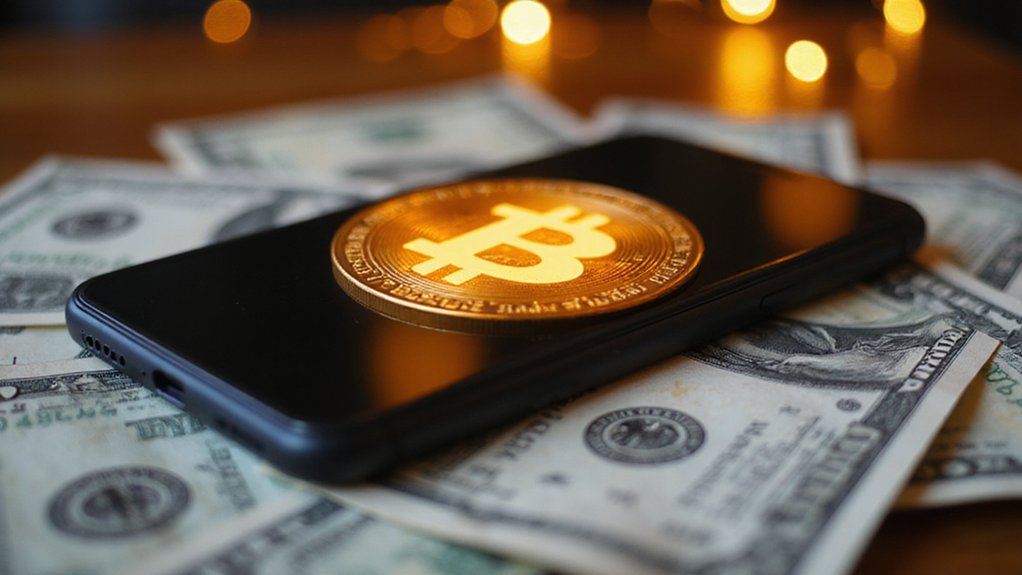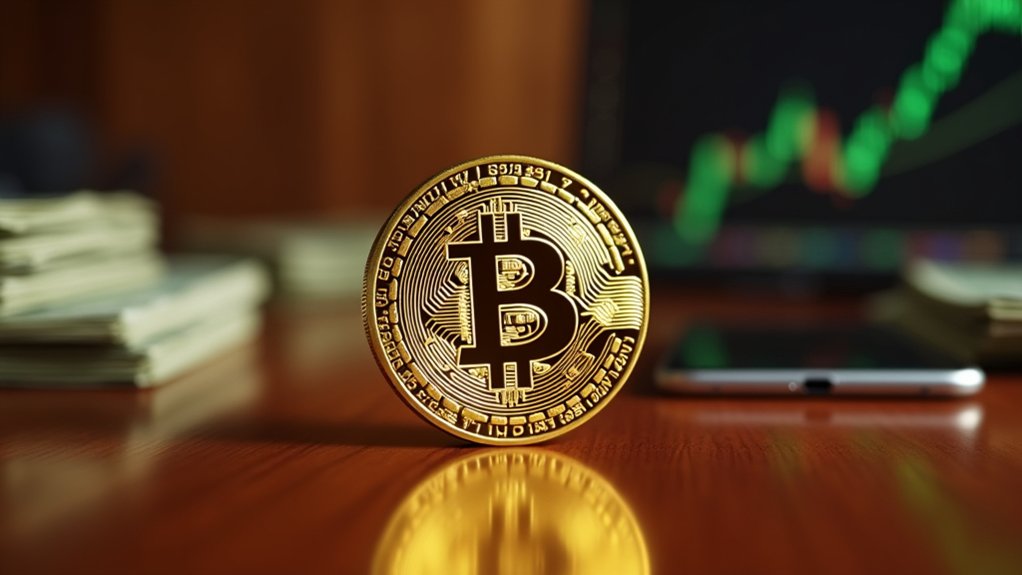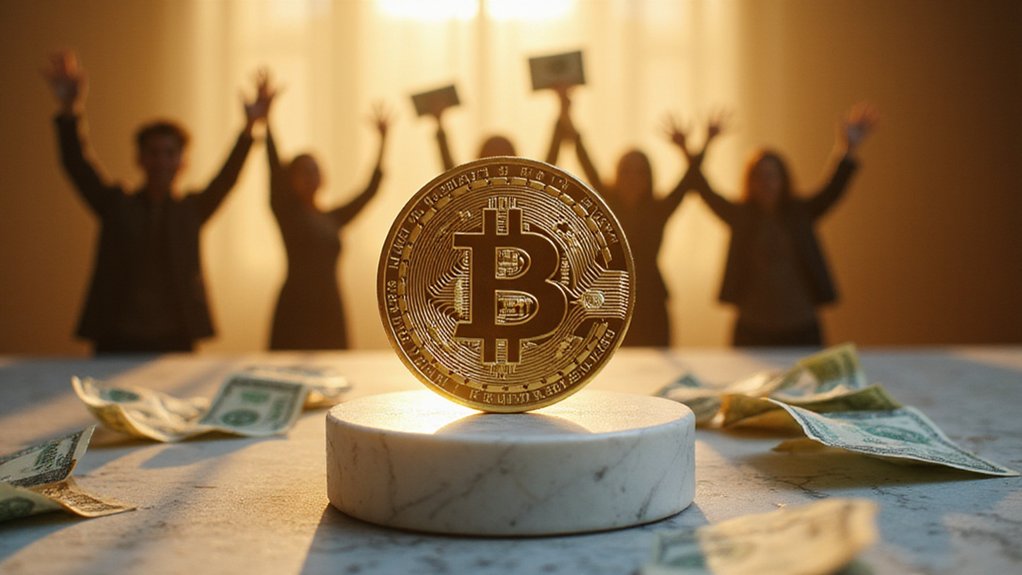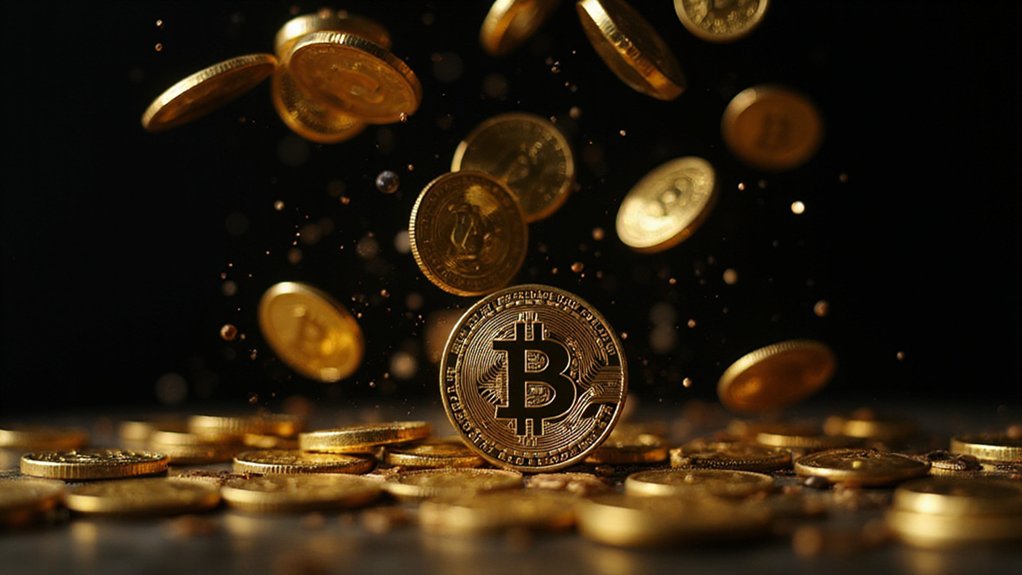While the average Bitcoin owner holds a mere 0.57 BTC—a figure that would have seemed laughably modest during the cryptocurrency’s early days when enthusiasts accumulated coins by the dozen—owning a complete Bitcoin in 2025 has become something of a mathematical curiosity, achieved by fewer than 0.18% of crypto owners despite Bitcoin’s mainstream recognition among 89% of Americans.
The arithmetic tells a sobering story. With approximately 200 million Bitcoin wallets globally pursuing a dwindling supply (less than 1.2 million coins remain unmined from the 21-million ceiling), the competition resembles musical chairs played with increasingly expensive seats. The average wallet contains just 0.36 BTC, suggesting that even dedicated participants struggle to accumulate meaningful quantities in an ecosystem where institutional players like MicroStrategy command 580,250 coins and exchanges such as Binance control nearly a quarter-million.
The competition resembles musical chairs played with increasingly expensive seats as institutional giants accumulate while retail investors chase fractions.
This scarcity isn’t merely theoretical—it’s compounded by what economists might charitably term “involuntary hodling.” Countless Bitcoins have vanished into digital oblivion through lost private keys and forgotten wallets, while Satoshi Nakamoto’s legendary 968,452 coins remain perpetually dormant, creating an artificial supply constraint that makes the Federal Reserve’s balance sheet manipulations seem quaint by comparison.
The demographics reveal the peculiar nature of this financial stratification. Vietnam leads global adoption at 21.19%, while 28% of American adults own cryptocurrency—yet these impressive participation rates mask the fractional nature of most holdings. The reality is that 400,000 daily active users compete within an ecosystem where complete coins have become the domain of corporate treasuries and early adopters who possessed either extraordinary foresight or extraordinary luck. The median age of U.S. cryptocurrency owners at 45 years demonstrates that this isn’t merely a young person’s gamble, but rather a mature market phenomenon that has captured attention across generational lines.
Market dynamics further complicate acquisition strategies. As traditional finance increasingly embraces Bitcoin integration and merchant adoption climbs from 11,000 to over 16,000 establishments, institutional demand continues pressuring individual accumulation efforts. Institutional adoption has been bolstered by regulatory clarity across jurisdictions, creating additional upward pressure on prices that individual investors must navigate. The irony is palpable: widespread adoption—the very milestone crypto evangelists championed—has effectively priced out the retail investors whose enthusiasm fueled Bitcoin’s ascent.
For the 14% of non-owners contemplating market entry, the mathematics suggest a pragmatic recalibration of expectations. In 2025’s landscape, owning fractions isn’t settling for less—it’s acknowledging economic reality in a market where whole coins have become collector’s items masquerading as currency.
